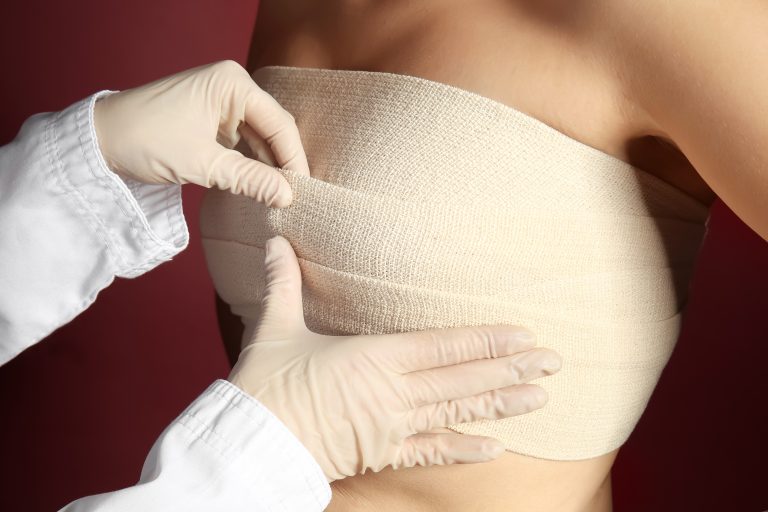A Keller Funnel is device commonly used during the insertion of an implant during a breast augmentation procedure. It is a sterile cone shaped device made of a flexible, transparent, polymeric film that can accommodate a variety of implant shapes and sizes.
The Keller Funnel can be used on silicone, smooth, textured, round, and anatomical implants. It is currently not instructed for use in saline implants because they are not pre-filled and cannot be inserted into the funnel like silicone ones can. There are four main steps for using this device: trim, hydrate, load, and propel. First the funnel is trimmed to accommodate the implant size, then it is hydrated with a sterile solution to ensure the inner surface is slippery, then the implant is loaded using a no touch delivery method, and finally the implant is propelled through the opening in the device into the pocket of the incision.
The goal of using a Keller Funnel is to optimize the no touch technique. This is when there is minimal contact between the sterile gel implant and the surrounding tissue. The use of this technique eliminates contact between the implant and the skin and thus decreases contamination to the area. This is beneficial to the patient because any contamination to the breast and surrounding tissue can lead to increased capsule formation. An increased thickness of capsule tissue, also known as capsular contracture, causes the breast to feel firm and can lead to aesthetic deformities. Overall, the use of the Keller Funnel can lead to less contamination and decrease the risk of capsule formation.
Another main benefit of using a Keller Funnel during breast augmentation is that a smaller incision can be made. The use of this device allows the implant to be easily propelled through a small incision site. This is an aesthetic benefit for most patients seeking breast augmentation procedures.
If you’re considering a breast augmentation or any other plastic surgery contact our clinic at 312-694-0879 or through the request form in the header to request a consultation with board-certified plastic surgeon Dr. John Kim.
